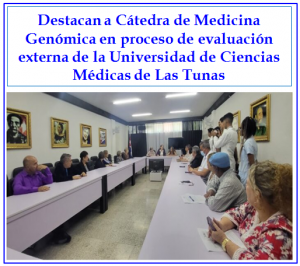– Bak RO, Dever DP, Porteus MH. CRISPR/Cas9 genome editing in human hematopoietic stem cells. Nature Protocols, 2018;13:358–376.
– Gao X, Tao Y, Lamas V, Huang M, Yeh WH, Pan B, et al. Treatment of autosomal dominant hearing loss by in vivo delivery of genome editing agents. Nature, 2018;553:217–221.
– Behler J, Sharma K, Reimann V, Wilde A, Urlaub H, Hess WR. The host-encoded RNase E endonuclease as the crRNA maturation enzyme in a CRISPR–Cas subtype III-Bv system. Nature Microbiology, 2018;3:367–377.
– King A. A CRISPR edit for heart disease. Nature, 2018;555:S23-S25.
– Scott A. How CRISPR is transforming drug discovery. Nature, 2018;555:S10-S11.
Filed under Cardiopatías, Defectos congénitos, Edición del genoma by on . Comment. ![]()

